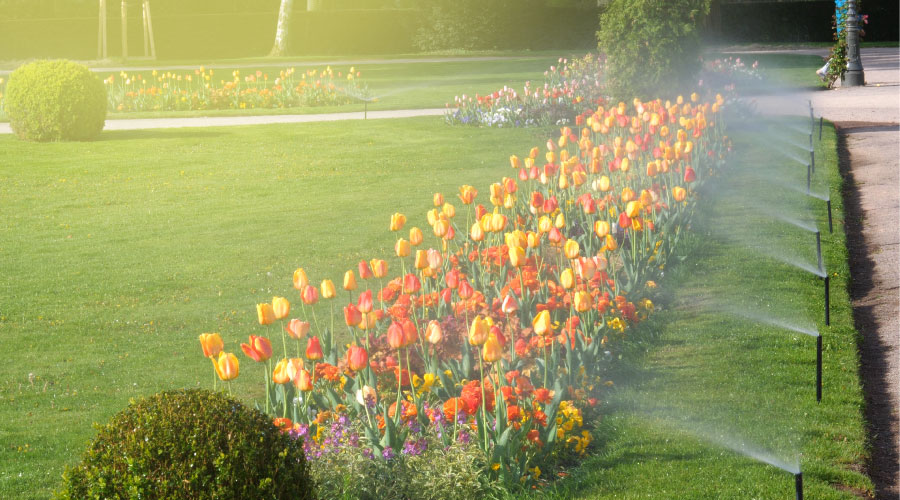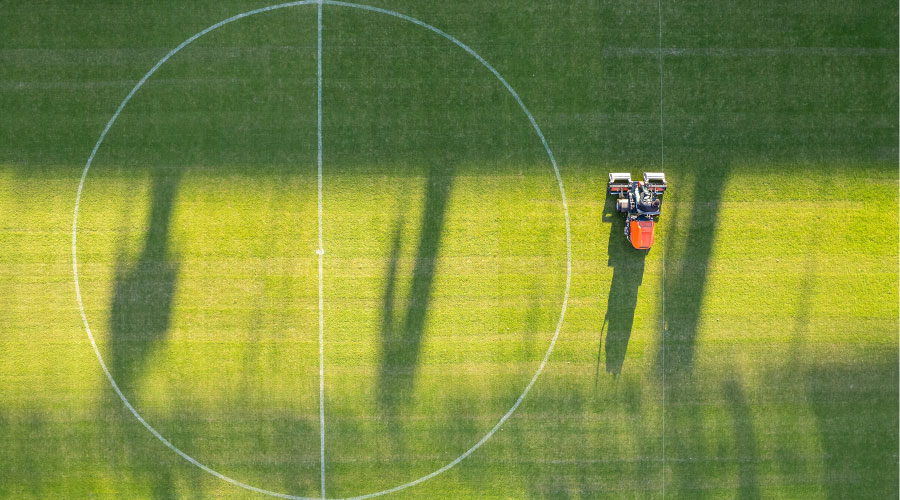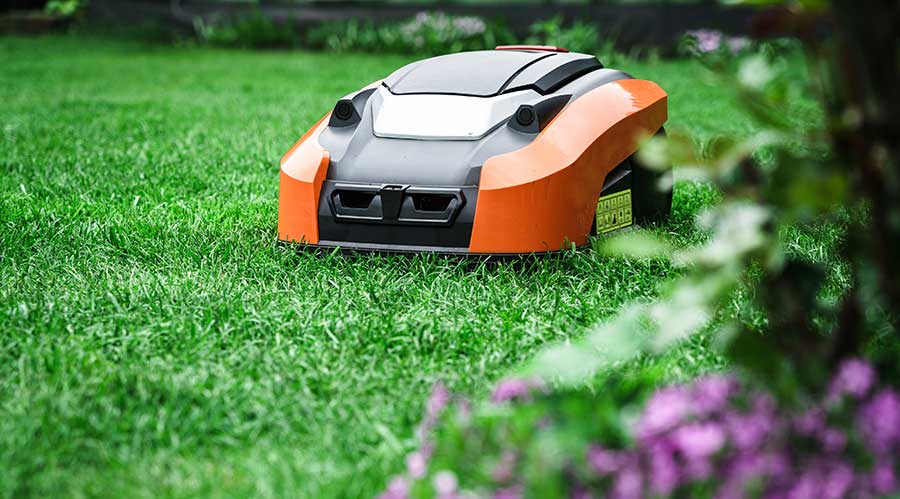Bird Control: Meeting the Challenge Sustainably
Few problems facing grounds managers in institutional facilities are as vexing — and potentially costly — as bird control. Birds come in a range of sizes, do varying degrees of damage to landscapes and facilities all year round, and can be maddening to truly control.
The rise of sustainability has added a layer of complexity to this challenge. In addition to weighing the cost and performance of any potential solution, managers also need to consider the product's impact on the birds and the larger environment.
"People are more sensitive to humane solutions," says Jeff Watts with Bird-B-Gone. "Poisons, chemicals or any other harmful methods are losing popularity and businesses are weary of receiving bad press."
Understanding Threats
Managers looking for strategies and products to control birds in and around their facilities must first consider the potential threat the birds pose to human health.
"The number one bullet point is always going to be health and safety," says Josh Pierce with Bird-X. "When you have a lot of students or occupants, obviously you want to keep birds away, and you want to keep the droppings away because once droppings land and start to dry and solidify, they become dust, and it becomes airborne."
While health and safety get a great deal of attention in discussions of bird control, managers also know that birds can be a major threat to the buildings on their landscapes.
"One problem, especially with porous buildings — concrete, brick, block — is that these droppings are very acidic, and they tend to eat away at buildings," Pierce says. "So not only are you dealing with a bird problem. You're dealing with reconstruction, in some cases."
Watts concurs, adding, "Not only can the droppings mar building surfaces, the build-up of nests and feces can clog drains and create fire hazards." The potential problems don't end there.
"Many commercial buildings have open loading dock areas giving wayward birds easy access to the interior of buildings, Watts says. "Once inside, birds will choose high perches in rafters or I-beams to roost or nest in."
Such problems turn into major scheduling, workload and cost challenges for managers and their departments.
"A major concern for groundskeepers at universities and other commercial entities is the money they spend because these maintenance guys and managers need to take care of important jobs on a daily or weekly basis. And having bird problems just pulls them away from those agendas or initiatives they already have," Pierce says. "So it becomes a maintenance cost issue."
Attitudes, Products Evolve
The one element of bird control that managers probably gave little consideration to a decade ago is sustainability. Now, the impact of bird-control products on the environment is a high priority.
"I think everybody has grown that awareness," Pierce, referring to sustainability. "As people grow more aware of the issues and as they become more aware that some bird populations are starting to diminish, that's certainly at the forefront of some people's minds.
"I think people's perspectives are changing, so although it's more expensive to do a physical installation of, say, netting, you're going to get long-term results without ever harming any birds, and you'll minimize over a long period of time that extra expense your maintenance crew is going to absorb."
Manufacturers also have taken sustainability into consideration as they introduce new-generation solutions.
"In recent years, bird-control companies have begun to implement sustainable technology, such as the use of solar panels to power bird deterrents," Watts says. "Beyond that, installing physical, permanent bird deterrents has always been a sustainable idea when it comes to bird control. If a business is power-washing areas around their property monthly or weekly to clean bird droppings, this can be a waste of water, time, and resources. Installation of products can eliminate this by permanently solving the problem."
Related Topics:












